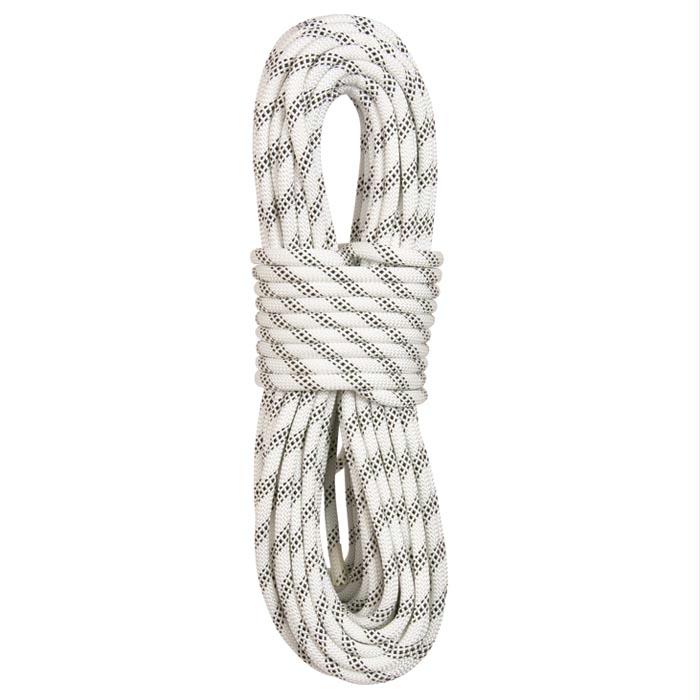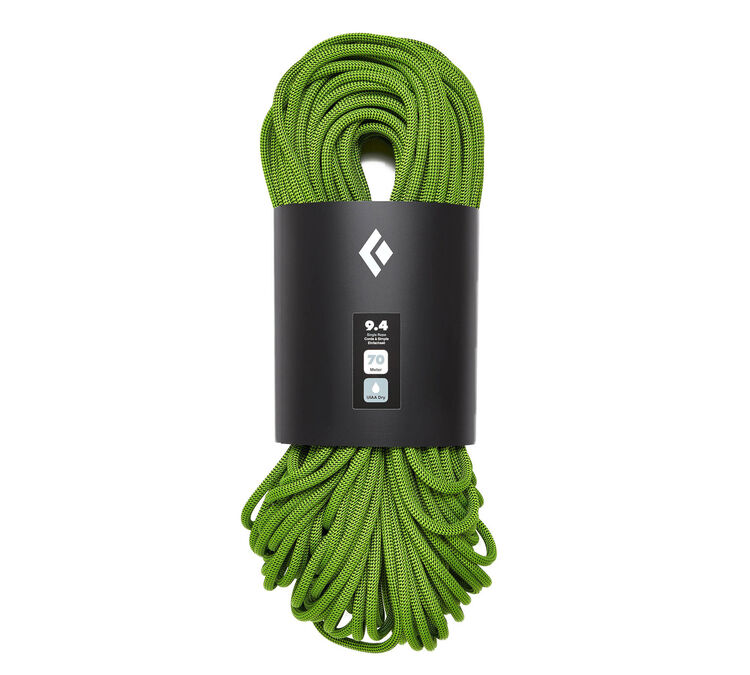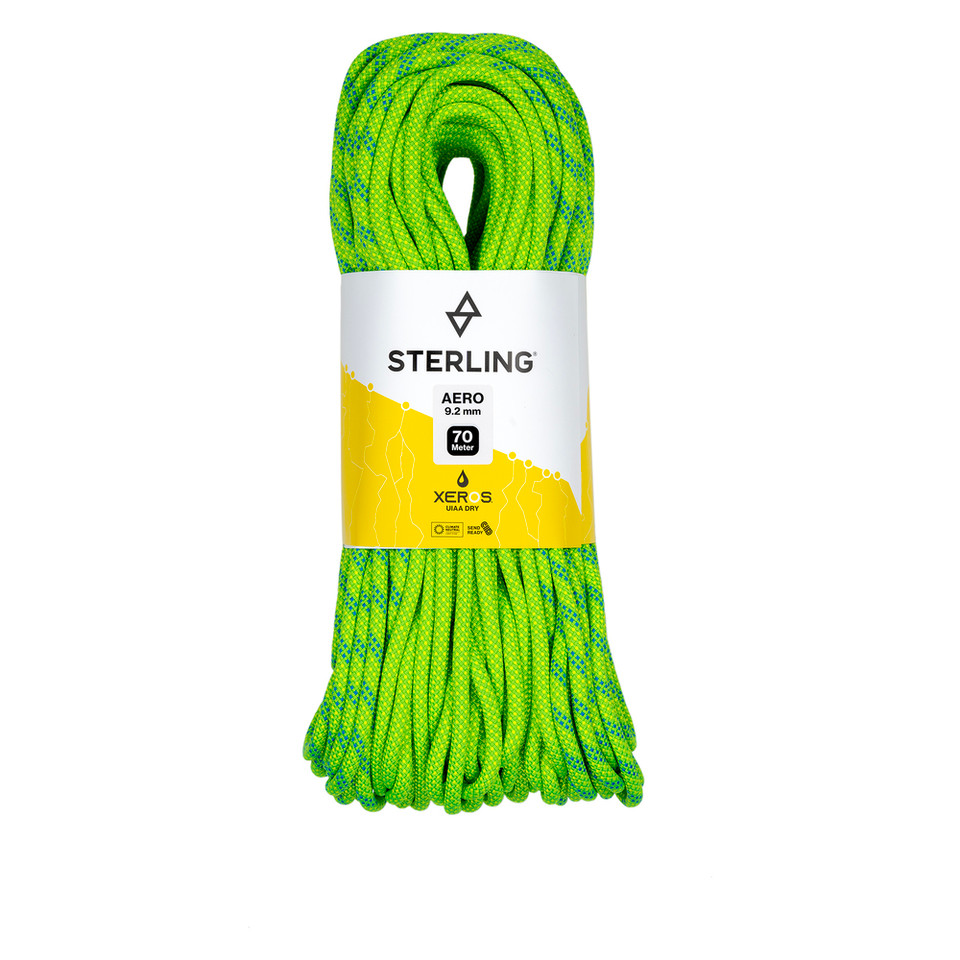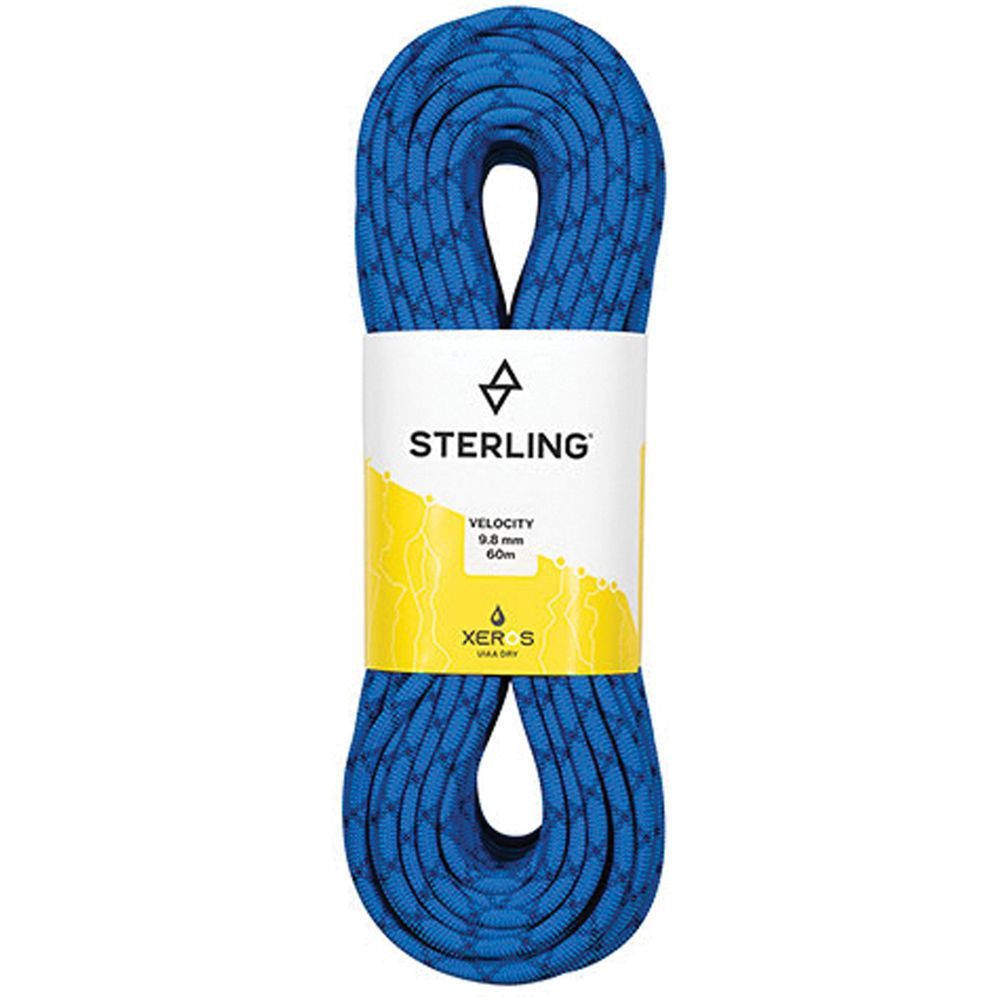Climbing Ropes
Climb higher with reliable Climbing Ropes
Climbing ropes are essential equipment for rock climbing and mountaineering, providing climbers with safety and support as they ascend vertical surfaces. These ropes are designed to be durable, strong, and lightweight, able to withstand the rigors of outdoor adventures. Most climbing ropes are made of high-quality materials such as nylon or polyester, offering excellent tensile strength and flexibility. Whether you are a beginner or an experienced climber, having the right climbing rope is crucial for your safety. Browse our selection of top-rated climbing ropes to find the perfect one for your next climbing expedition. Remember, a reliable climbing rope can make all the difference in your outdoor pursuits.
At The Outdoor Warehouse, we stock dynamic ropes, static ropes, and semi-static ropes to meet every climbing need — all tested to UIAA/CE standards. Also known as dynamic climbing rope, static line, semi-static rope, kernmantle rope, and lead climbing rope.
Why Climbing Ropes Matter
- Safety: The primary line of defense against falls.
- Performance: Different rope types for sport, trad, rescue, and caving.
- Durability: Abrasion-resistant sheaths for long-lasting use.
- Certification: All ropes rated and tested to international standards.
Understanding Rope Types
Dynamic Ropes stretch under load to absorb fall forces, making them essential for lead climbing and sport climbing. They’re available in single, half, and twin configurations.
Static Ropes have minimal stretch, making them ideal for rappelling, hauling, rigging, and rescue work. They’re not designed to absorb fall energy.
Semi-Static Ropes (also called low-stretch ropes) balance some shock absorption with load stability, making them common in caving, canyoneering, and industrial applications.
All modern climbing ropes use kernmantle construction — a strong core (kern) protected by a woven sheath (mantle) for durability and performance.
Climbing Ropes at a Glance
| Type | Best For | Key Features |
|---|---|---|
| Dynamic Ropes | Sport & trad climbing | Stretch to absorb falls, UIAA fall ratings |
| Static Ropes | Rappelling, hauling, rescue | Minimal stretch, high strength |
| Semi-Static Ropes | Caving, canyoneering | Low stretch, versatile safety applications |
Common Mistakes to Avoid
- Using a static rope for lead climbing (unsafe due to no fall absorption).
- Neglecting to check rope diameter compatibility with belay devices.
- Not retiring ropes after serious falls, sheath damage, or exceeding lifespan.
- Exposing ropes to chemicals, dirt, or prolonged UV light.
Climbing Rope Checklist
- ✔ Match rope type (dynamic, static, semi-static) to your activity.
- ✔ Check diameter and length for your belay/rappel device.
- ✔ Verify UIAA/CE safety certification.
- ✔ Inspect sheath and core for signs of wear.
- ✔ Store in a rope bag away from sun, dirt, and moisture.
Pro Tip
For sport climbing, choose a Dynamic Rope with the right length for your local crag. Keep a Static Rope for rigging or rescue, and use a Semi-Static Rope for canyoneering or work-at-height.
Why Buy Climbing Ropes from The Outdoor Warehouse?
- All ropes meet or exceed UIAA/CE safety standards.
- Options for lead climbing, rescue, canyoneering, and more.
- The Outdoor Warehouse provides curated gear, fast shipping, and expert-backed support.
Buying Guide Snapshot
Sport/Trad climbing? Go with a dynamic rope for fall absorption.
Rescue or rigging? Static rope is safest.
Caving/Canyoneering? Semi-static rope balances stretch and stability.
Indoor gyms? A shorter dynamic rope keeps things simple and safe.
Shop climbing ropes today at The Outdoor Warehouse — trusted for safety, durability, and performance on every climb.












